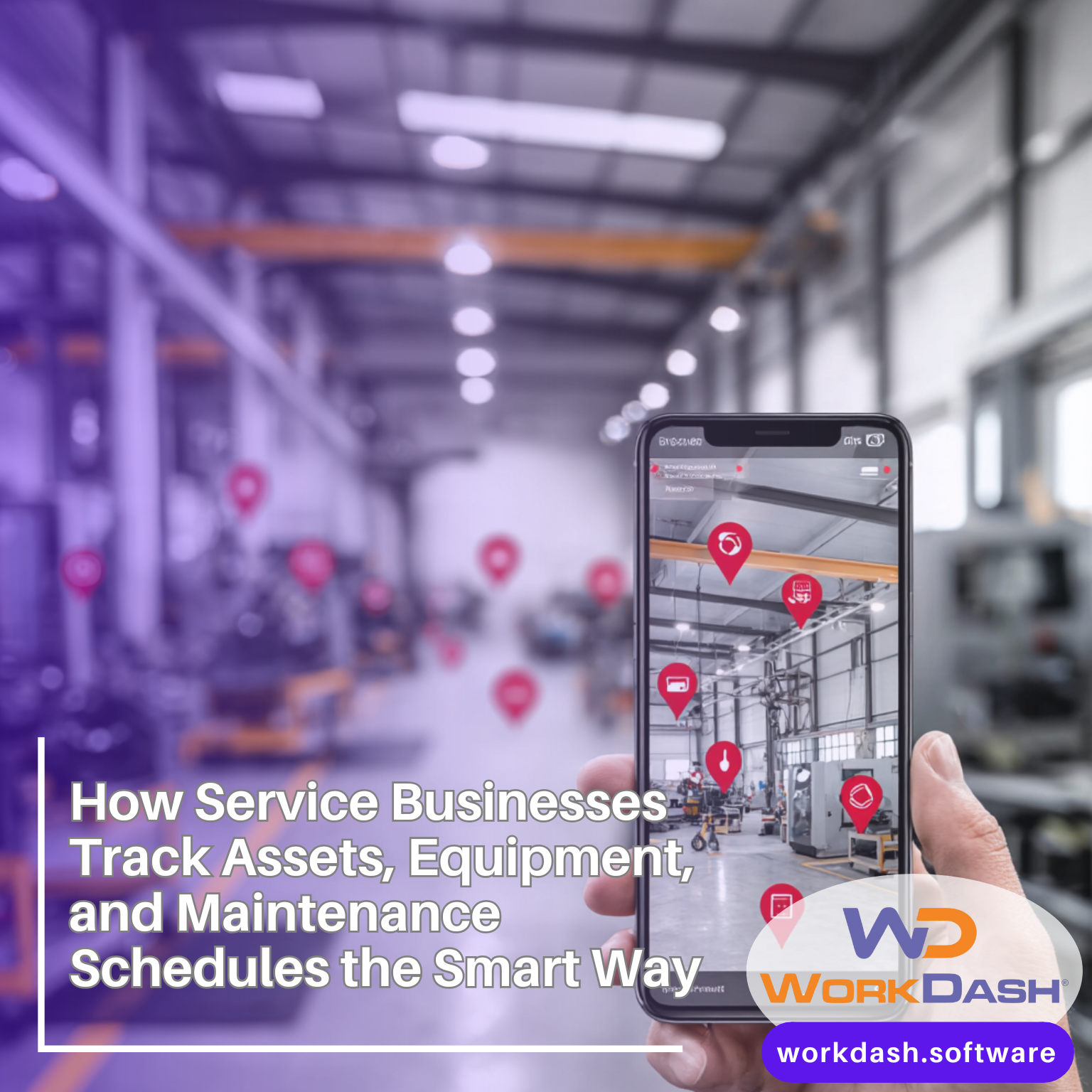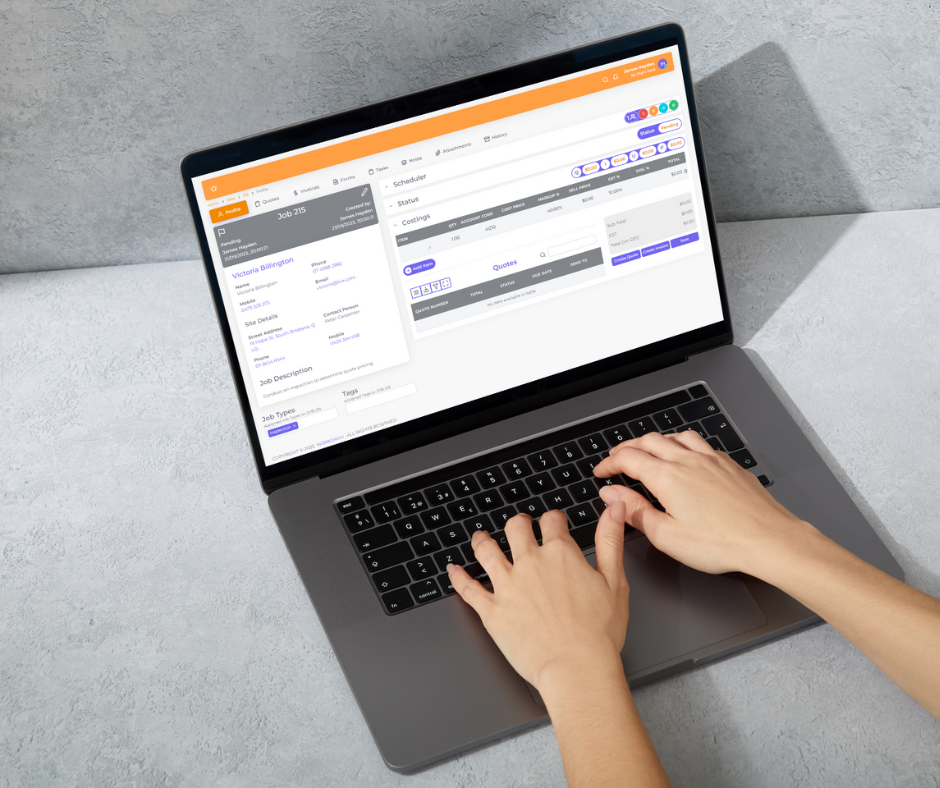Table of Contents
Choosing the right inventory management software is a crucial decision for any business looking to streamline its operations and maintain a competitive edge. Inventory management software plays a pivotal role in ensuring that businesses can efficiently track, manage, and optimize their inventory levels. The right solution not only helps in maintaining accurate stock records but also enhances overall business efficiency.
Effective inventory management directly impacts cost savings by reducing excess stock, minimizing stockouts, and preventing over-ordering. By automating key processes, businesses can significantly cut down on manual errors, reduce operational costs, and improve their cash flow. Additionally, accurate and real-time inventory data empowers businesses to make informed decisions, from forecasting demand to adjusting pricing strategies.
In essence, selecting the right inventory management software can lead to more streamlined operations, substantial cost savings, and better decision-making, setting the stage for long-term success and growth.
Assess Your Business Needs
Before jumping into the selection of inventory management software, it’s crucial to get a solid grip on what your business actually needs. Taking the time to assess your specific requirements will help you pick a solution that fits like a glove. Start by considering the types of inventory you handle—whether it’s raw materials, finished goods, or something in between. Think about your industry’s unique demands and how these might shape your software needs. Additionally, take a good look at your current processes to identify any gaps or pain points. This groundwork will set you up for choosing software that not only meets your current needs but also supports your business’s growth and efficiency in the long run.
When considering implementing a new inventory management system, always consider how this will affect business performance and if it will streamline operations.
Identify Specific Requirements
When it comes to choosing the right inventory management software, the first step is to clearly identify your business’s specific requirements. Start by considering the types of inventory you handle. Are you managing raw materials, finished goods, or perhaps a mix of both? Different types of inventory can have unique needs, so understanding your inventory profile is crucial.
Next, think about your industry-specific requirements. Whether you’re in retail, manufacturing, or another sector, each industry has its own set of challenges and needs. Retail businesses might need features like real time inventory tracking or stock updates and sales integration, while manufacturing firms may require complex tracking of materials and production stages. By pinpointing these industry-specific needs, you can ensure the inventory management platform you choose will effectively support your operations.
Evaluate Current Processes
Once you’ve identified your requirements, it’s time to evaluate your current inventory management processes. Take a good look at how you’re currently managing inventory—what methods are in place, and how well are they working? Are you using spreadsheets, manual inventory counts, or perhaps an outdated system?
Identify any pain points or areas where your current process falls short. Common issues might include frequent stockouts, excess inventory, or difficulties in tracking inventory across multiple warehouses or multiple locations. By understanding these challenges, you can better determine what features and functionalities will address your specific pain points and improve your overall inventory management.
Consider Key Features

Core Features
When selecting inventory management solution, it’s essential to focus on core features that will form the backbone of your inventory operations. Effective inventory tracking and management are crucial; you need an inventory management system that provides real-time visibility into stock levels, allows for accurate tracking of product movements, and helps maintain optimal inventory levels. This feature ensures you always have the right amount of stock on hand, reducing the risk of overstocking or running out of essential items.
Another important core feature is barcode scanning and integration. This technology simplifies the process of tracking inventory, speeding up stocktaking, and reducing human error. Look for software that seamlessly integrates with barcode scanners to make inventory management more efficient and accurate.
Advanced Features
Beyond the basics, there are more advanced solution that can significantly enhance your inventory management. Predictive analytics and forecasting are invaluable for anticipating future inventory needs based on historical data and market trends. This allows you to make proactive decisions, optimise stock levels, and minimise the risk of stockouts or excess inventory.
Automated reorder and stock level alerts are another advanced feature to consider. These tools automatically notify you when stock levels fall below a predetermined threshold or when it’s time to reorder items. This automation helps ensure you never run out of critical inventory and can streamline your replenishment process.
Integration Capabilities
Integration capabilities are crucial for a seamless inventory management experience. Ensure the software you choose can integrate with other key business systems, such as Enterprise Resource Planning (ERP), Accounting Software, and Customer Relationship Management (CRM) systems. This integration facilitates smooth data flow between different departments, enhances overall operational efficiency, and provides a unified view of your business operations. With robust integration capabilities, you can ensure that your inventory management system works harmoniously with your other business tools and processes.
Ease of Use
When it comes to inventory management solutions, ease of use can make or break your experience. You want a system that’s straightforward and intuitive, so your team can hit the ground running without getting bogged down by complicated setups or confusing interfaces. Finding software that’s easy to navigate and comes with solid support can save you heaps of time and frustration, ensuring your operations run smoothly right from the start.
User Interface and Experience
When evaluating inventory management software, one of the key factors to consider is the user interface and overall experience. An intuitive design and easy navigation are crucial for ensuring that your team can quickly get up to speed with the software. Look for a system that offers a clean, user-friendly interface that makes it simple to access and manage inventory data. The easier it is for users to find and use features, the less time will be spent on training and troubleshooting, and the more efficient your operations will be.
Training and Support
Another important aspect of ease of use is the availability of training resources and customer support. Choose software that provides comprehensive training materials, such as tutorials, webinars, and user guides, to help your team learn how to use the system effectively. Additionally, reliable customer support is essential for resolving any issues that may arise. Ensure that the software vendor offers accessible support options, whether it’s through phone, email, or live chat, so you can get timely assistance when needed. Good training and support can make a significant difference in how smoothly your team adapts to the new system and ensures that you get the most out of your investment.
Scalability and Flexibility
In today’s dynamic business environment, choosing inventory management software that offers scalability and flexibility is essential. As your business grows and your inventory needs become more complex, you need a system that can adapt and evolve alongside you. Evaluating how well a software solution handles increased inventory volume and its ability to be customised to meet your unique requirements will ensure that it remains effective and supportive of your business’s long-term success.
Growth Adaptability
When selecting inventory management software, scalability and flexibility are crucial factors to ensure that the system can grow with your business. Look for software that can handle an increase in inventory volume and complexity without compromising performance. As your business expands, you’ll need a system that can accommodate a larger volume of stock, more complex inventory processes, and additional locations if necessary. Choosing a scalable solution helps future-proof your investment and ensures that the software remains effective as your business evolves.
Customisation Options
Flexibility is also key in choosing the right inventory management system. The ability to tailor features to your specific business needs can make a significant difference in how well the system supports your operations. Look for software that offers customisation options, such as configurable workflows, bespoke reporting, and adaptable settings. This allows you to modify the system to fit your unique requirements and industry practices, ensuring that it aligns with your business processes and enhances overall efficiency. Customisable software provides the agility to adjust to changing business conditions and preferences, making it a valuable asset as your business grows and evolves.
Cost and Budget Considerations
Pricing Models
When it comes to budgeting for inventory management software, understanding the pricing models available is key. Most software solutions offer two primary pricing structures: subscription-based and one-time purchase. Subscription-based models generally involve a regular fee—monthly or annually—which often includes updates, support, and additional features. This model can be appealing for its predictable costs and the convenience of ongoing support.
On the other hand, a one-time purchase involves a larger upfront cost but doesn’t require ongoing subscription fees. However, this might mean additional costs for updates or support down the track. Consider what fits your business’s financial strategy and whether you prefer predictable ongoing costs or a larger initial investment.
Total Cost of Ownership
The total cost of ownership extends beyond the initial purchase price or subscription fee. It’s essential to factor in any hidden costs that could impact your budget. These might include implementation fees, which cover the cost of setting up the software and integrating it with your existing systems. Additionally, ongoing maintenance and support costs can add up over time, so be sure to inquire about these before making a decision.
By taking a comprehensive view of all potential costs—both upfront and ongoing—you can better assess the true financial commitment of the software and ensure it aligns with your budgetary constraints and long-term financial planning.
Mobile Accessibility
Having mobile accessibility for your inventory management software is a game-changer. Being able to manage your inventory on the go ensures you can stay on top of your operations no matter where you are.
Mobile App Features
Look for software that offers robust mobile app features. Functionality on smartphones and tablets allows you to manage inventory tasks from anywhere, whether you’re on the shop floor or out in the field. An effective mobile app should provide easy access to essential functions like stock tracking, order management, and inventory updates, all while offering a user-friendly interface that’s just as efficient on a smaller screen.
Remote Access and Management
Remote access is another critical feature to consider. The ability to manage your inventory in real time from any location is invaluable. With real-time updates and remote management capabilities, you can keep tabs on stock levels, make adjustments, and respond to issues promptly, even if you’re not physically present. This is why cloud based inventory management platform offers flexibility to ensure that you can maintain smooth operations and make informed decisions no matter where your business takes you.
Vendor Reputation and Reviews
When choosing inventory management system, it’s vital to consider the reputation of the vendors behind the solutions. After all, a reliable and well-regarded vendor can make all the difference in the success of your software implementation.
Researching Vendors
Start by researching potential vendors to get a sense of their company history and credibility. Look into how long they’ve been in business and their track record in the industry. Customer reviews can provide valuable insights into the software’s performance and the vendor’s support services. Reading through reviews can help you gauge the experiences of other users and identify any recurring issues or strengths.
Case Studies and Testimonials
Don’t overlook the power of case studies and testimonials. Success stories from businesses similar to yours can offer a clear picture of how the software performs in real-world scenarios. Feedback from other companies can reveal how well the system meets industry-specific needs and how effectively the vendor handles customer support and service. These insights can be instrumental in making an informed decision and ensuring the software aligns well with your business requirements.
Security and Compliance
Ensuring that your inventory management software meets high standards of security and compliance is crucial for protecting your business data and maintaining regulatory standards. With increasing concerns around data breaches and regulatory requirements, it’s essential to choose software that prioritises robust security measures and compliance.
Data Security Measures
Data security should be a top priority when selecting inventory management software. Look for features like encryption and access controls to safeguard your sensitive information. Encryption protects data by converting it into a secure format that’s difficult for unauthorised parties to access, while access controls ensure that only authorised users can view or modify critical data. These measures are vital for maintaining the integrity and confidentiality of your business information.
Regulatory Compliance
Compliance with industry standards and regulations is another key aspect of security. Ensure that the software adheres to relevant regulations and industry standards, such as GDPR or local data protection laws. Compliance helps you avoid potential legal issues and fines, while also ensuring that your data handling practices meet accepted industry norms. By choosing software that is committed to regulatory compliance, you can confidently manage your inventory while staying on the right side of the law.
Implementation and Support
Choosing the right inventory management software is just the beginning. Effective implementation and ongoing support are crucial to ensuring your software runs smoothly and continues to meet your needs over time.
Setup Process
The ease of installation and configuration can greatly impact your initial experience with the software. Look for a solution that offers a straightforward setup process, with clear instructions and minimal hassle. An intuitive installation can save you time and reduce the risk of errors during the configuration phase. It’s also helpful if the vendor provides a guided setup or professional assistance to get you started quickly and efficiently.
Ongoing Support
Ongoing support is equally important for maintaining smooth operations. Ensure the software vendor offers reliable technical support to help you resolve any issues that arise. Availability of support through various channels—such as phone, email, or live chat—can make a big difference in how quickly you get assistance. Additionally, check if the vendor provides regular software updates to keep the system up to date with the latest features and security patches. Consistent support and updates are key to ensuring your inventory management system remains effective and reliable in the long run.
How Do Companies Decide Which Inventory Management Software to Use? And how you should, too?
When companies choose inventory management software, they typically start by assessing their specific needs—things like the type of inventory they manage, the size of their business, and any industry-specific requirements. Next, they’ll look at key features such as real-time tracking, integration with other systems, and scalability. Ease of use and customer support also play a huge role, as businesses want a system that’s easy to implement and reliable in the long run. Budget and pricing models, along with vendor reputation and security features, round out the decision-making process to ensure the software is a good long-term fit.
Selecting the right inventory management software is a critical decision that can greatly influence your business’s efficiency and success.
Ready to see how WorkDash can transform your inventory management?
Book a demo with us today to explore our comprehensive features and discover how our solution can be tailored to fit your business needs. Our team is here to help you every step of the way, from initial setup to ongoing support. Don’t miss out—experience the benefits of WorkDash firsthand and take the next step towards optimising your inventory management.





